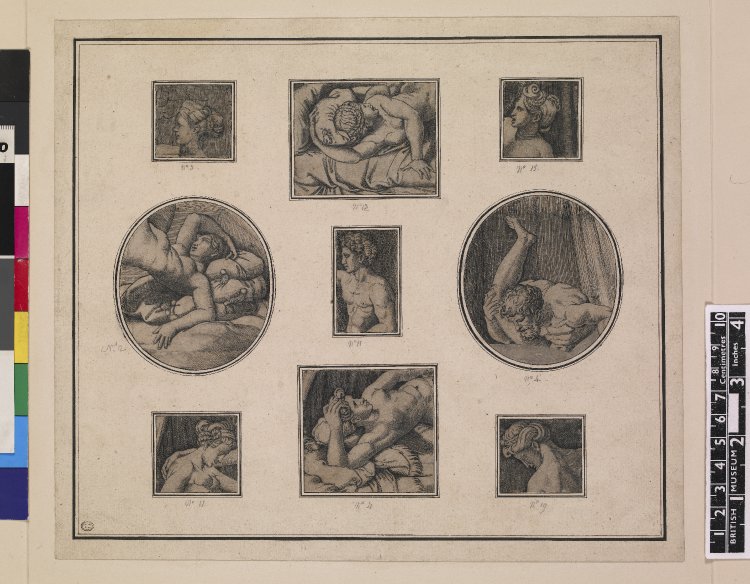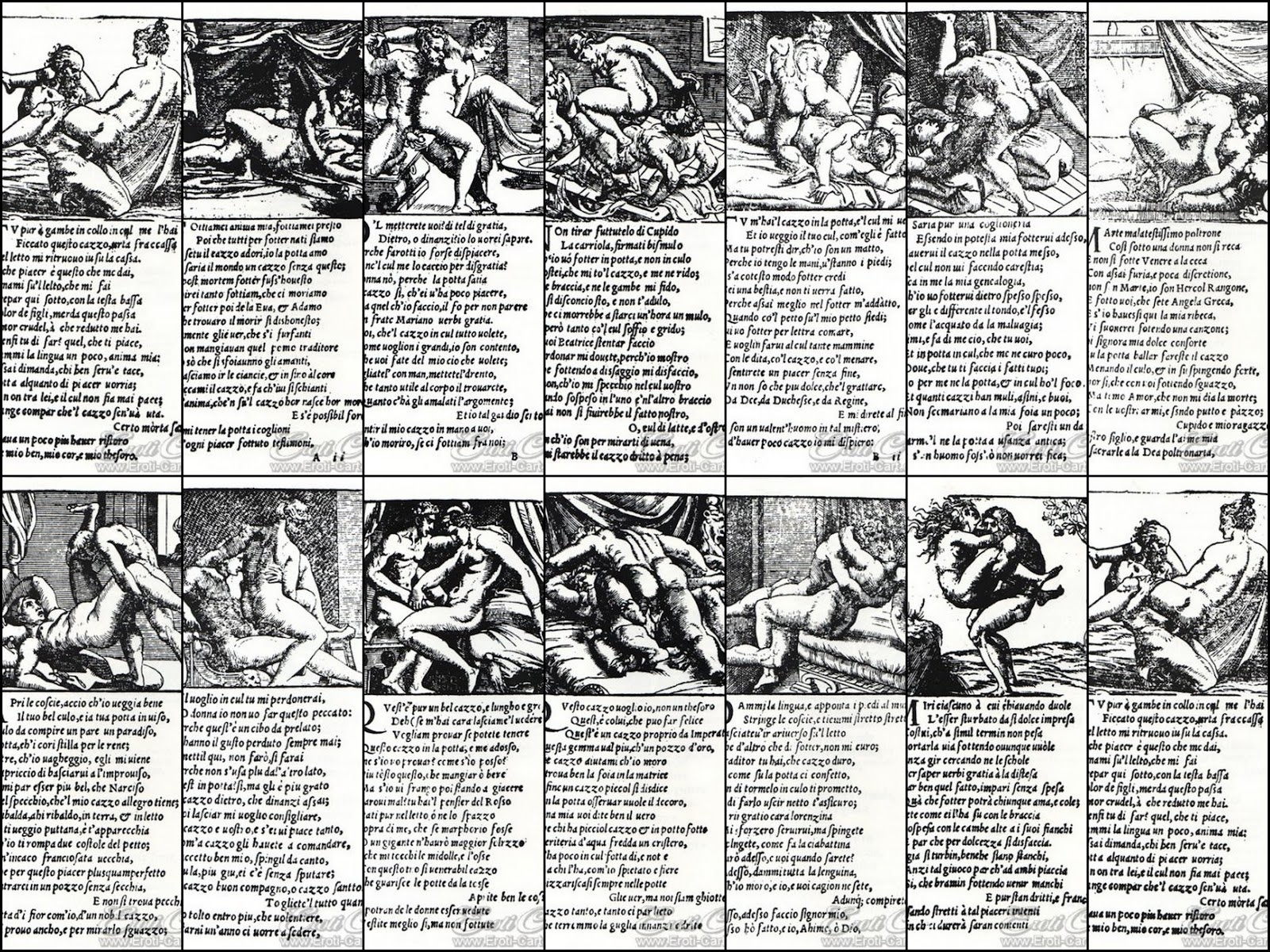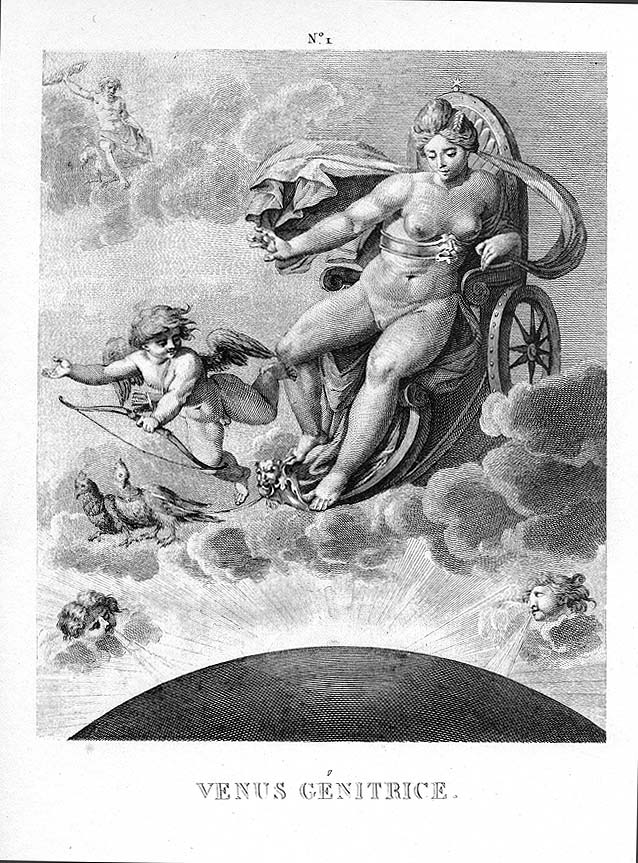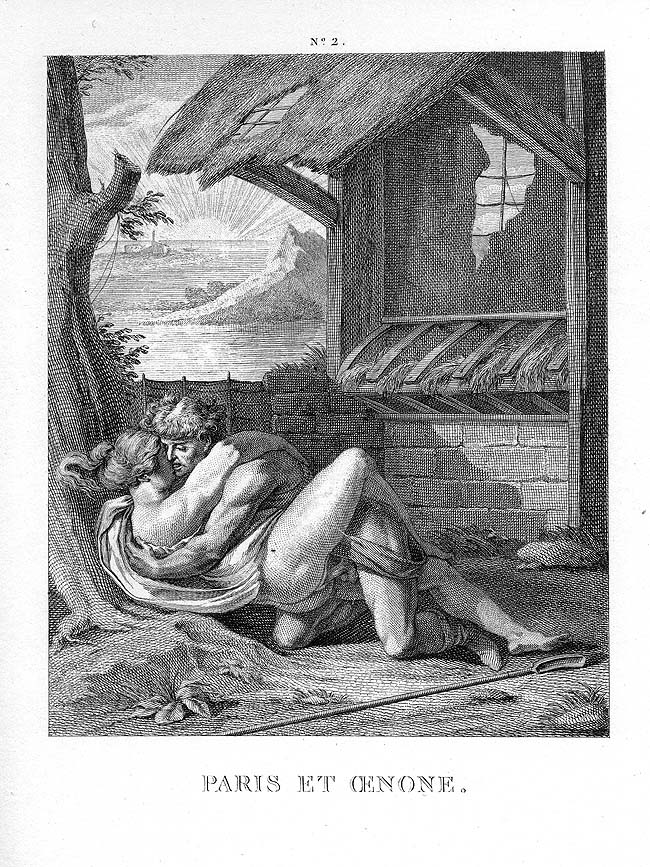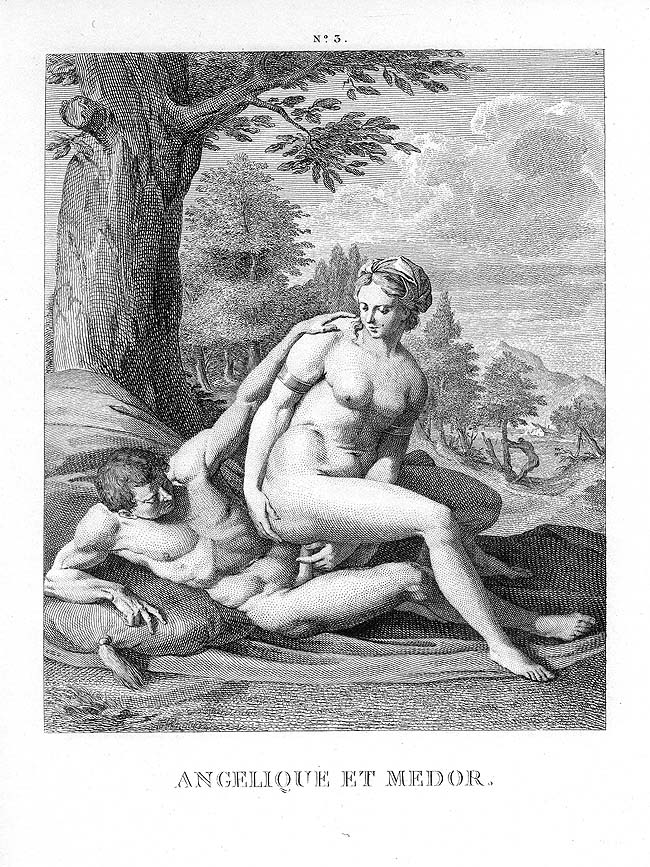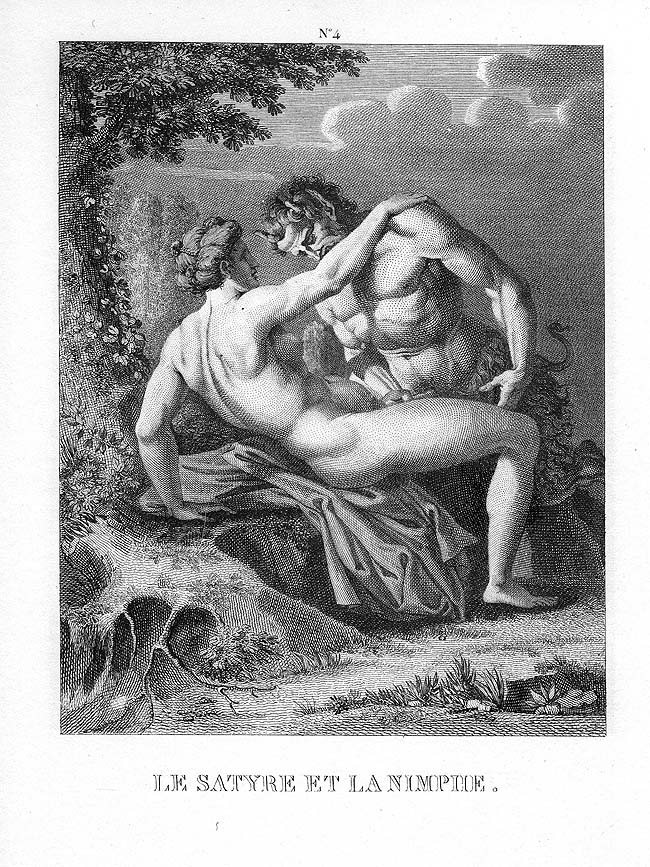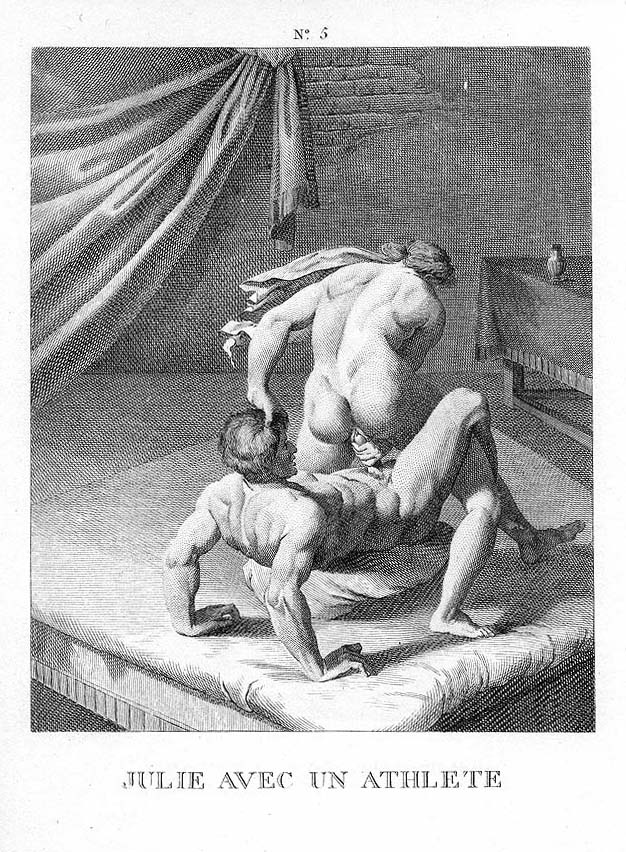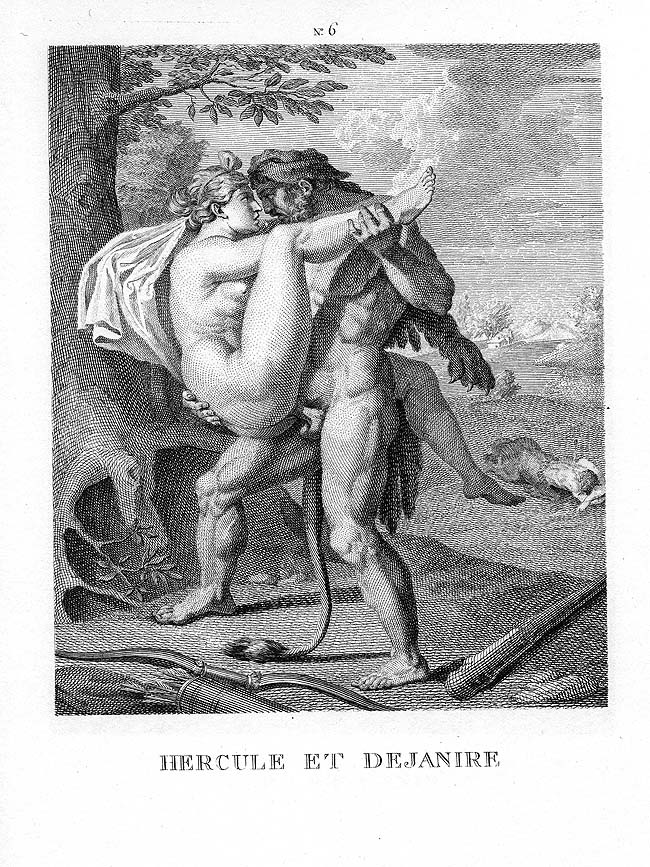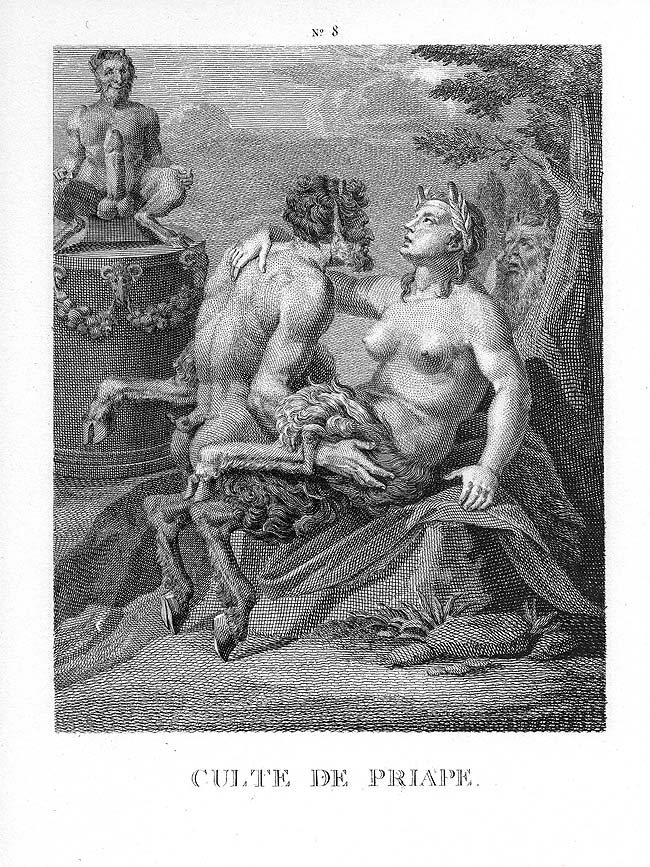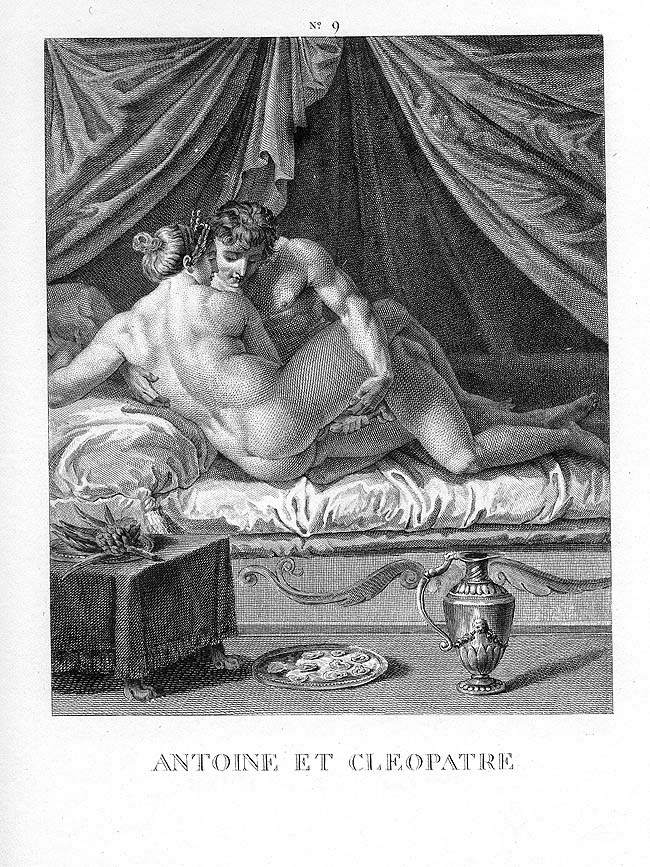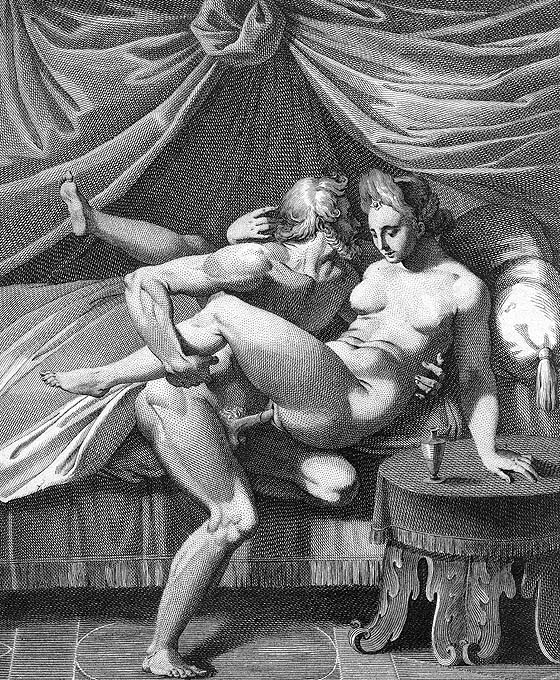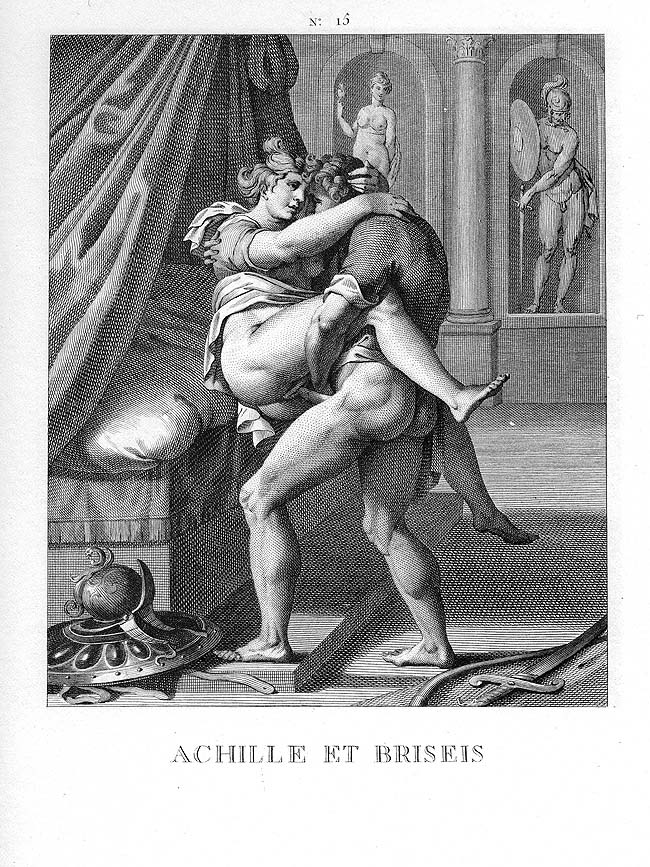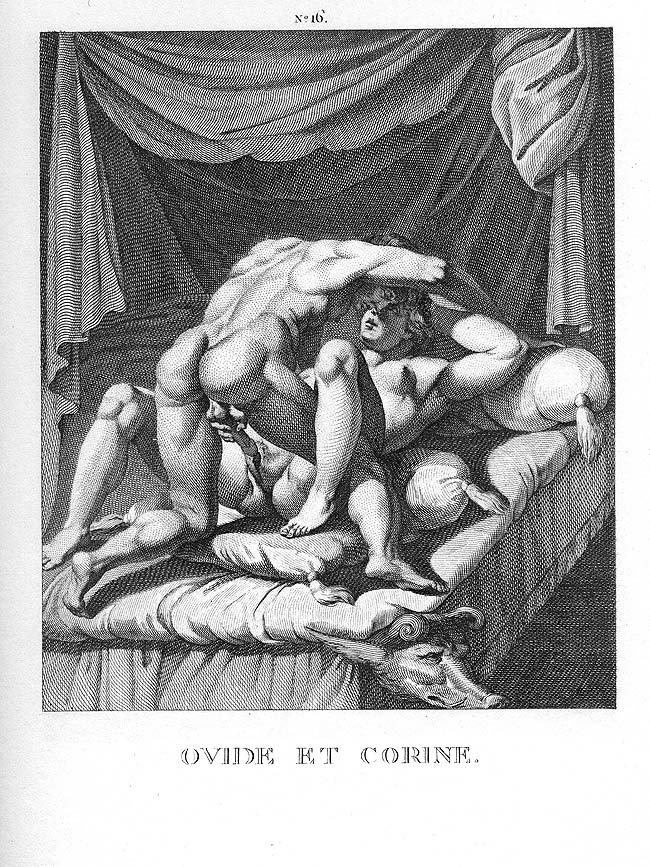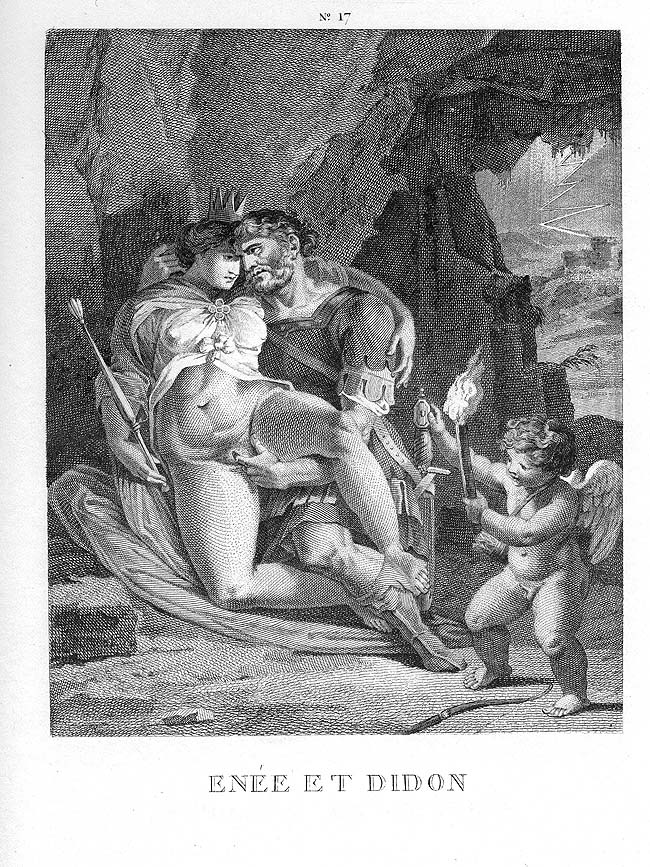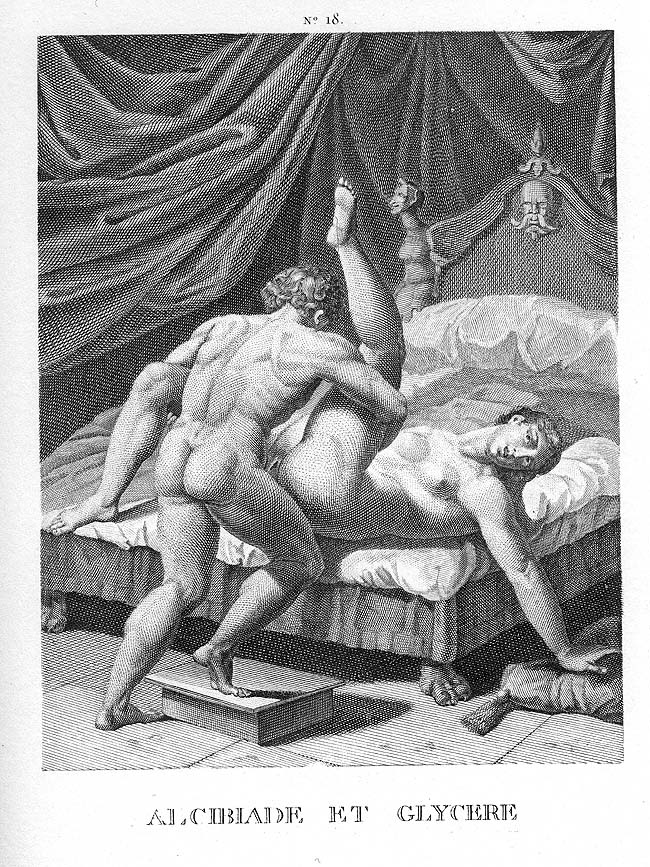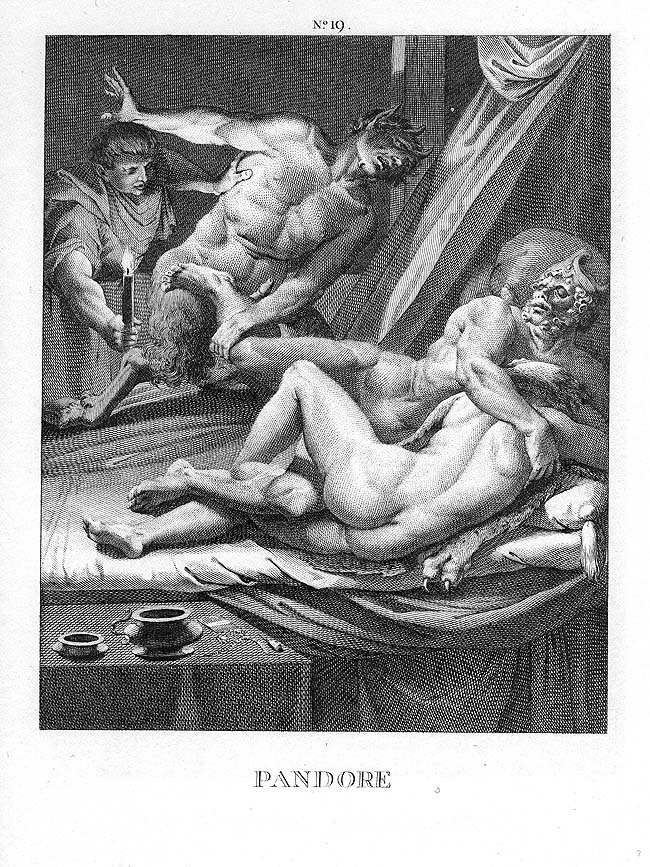I Modi (The Ways) is best known as The Sixteen Pleasures, an illustrated sex guide published by Marcantonio Raimondi in 1524. Based on paintings by Giulio Romano, The Sixteen Pleasures carries the proud boast of being the first work of pornography banned by the Catholic church. For his gross indecency, Raimondi was imprisoned by Pope Clement VII. All copies of the book were destroyed. Romano got away with it. And so began a long debate whether art and porn can ever be the same thing?
Lynne Lawner writes: “In 1523 Giulio Romano began the decoration of the Sala di Costantino in the Vatican. It is said that in a moment of anger at Clement VII for a tardy payment, Giulio drew the sixteen postures on the walls of that unlikely place.” Romano never was sanctioned for his nudes and erotic graffiti. Well, what goes on in private among the enlightened and divine is one thing; what the public sees they’re into is quite another.
Pietro Aretino was aroused by this curious case of private and public mores. “After I arranged for Pope Clement to release Raimondi,” he wrote, “I desired to see those pictures which has caused the [Vatican] to cry out that their creators should be crucified.” Aretino thought the illustrations needed a few words, so he composed a sonnet for each woodcut. He also successfully fought to have Raimondi released from prison. In 1527, I Modi and Aretino’s sonnets appeared in a new collaborative work. “Come view this you who like to fuck,” wrote Aretino, “without being disturbed in that sweet enterprise.” Predictably, the Pope banned this second book and destroyed every copy. (Although the British Museum has a few tatty extracts, such as the one above.)
In 1798, The Sixteen Pleasures reappeared as the French title L’Arétin d’Augustin Carrache ou Recueil de Postures Érotiques, d’Après les Gravures à l’Eau-Forte par cet Artiste Célèbre, Avec le Texte Explicatif des Sujets. With most of the original mucky pictures lost (or maybe just locked away in the Vatican?), this book featured illustrations based on engravings by painter Agostini Carracci. These are the images you see below.
Would you like to support Flashbak?
Please consider making a donation to our site. We don't want to rely on ads to bring you the best of visual culture. You can also support us by signing up to our Mailing List. And you can also follow us on Facebook, Instagram and Twitter. For great art and culture delivered to your door, visit our shop.
